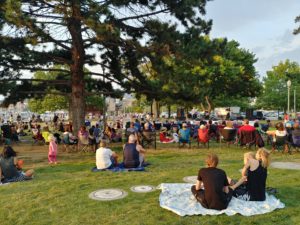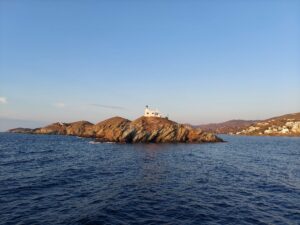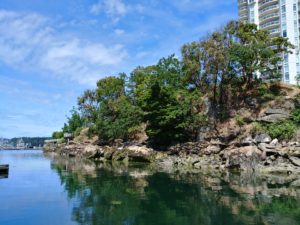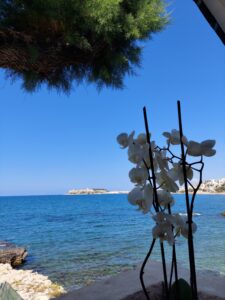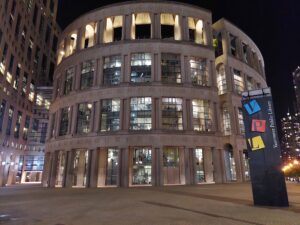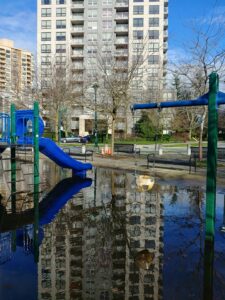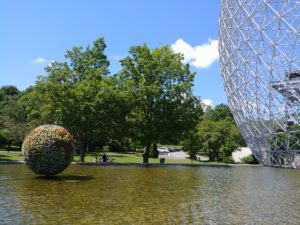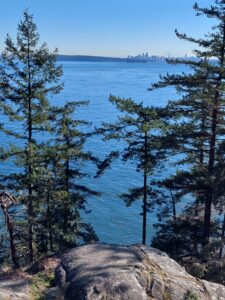The position of an initiative on the weak/strong sustainability continuum is a debate that is rooted in economics but is now central to sustainability discourse, pertaining to both research and practice. The weaker-to-stronger sustainability debate is a spectrum between those who seek to change the supply side of resources and those who seek to change the demand side.
Weak sustainability (WS) is grounded mainly in ecological modernization (economic and resource efficiencies through technology) and environmental justice (demand for equitable resource distribution). WS follows the approach of the neoclassical economics production function: inputs (natural resources and human-made capital) are perfectly substitutable while the total capital stock remains constant. Sustainability in this case is viewed as an economics concept aiming to incorporate socio-ecological goals in economic development. WS overall upholds an anthropocentric worldview: humans should dominate over nature, technological and scientific progress can compensate for the depletion of natural resources, and economic growth can continue indefinitely.
Strong sustainability (SS) is more aligned with recent history of sustainable development; ecological economists have been arguing that natural resources are finite and not substitutable.SSholds that production inputs should exist independently since environmental damage and resource depletion cannot always be reversed. In the scholarly discussion, often calledsustainability economics, SS advocates for qualitative and locally focused measurement of well-being and protection of ecosystems for their intrinsic value and biotic rights.
In this continuum, some scholars favor resource efficiencies to enhance environmental protection and resource management,whereas others distinguish between natural capital and “critical natural capital” (considering this as the only non-substitutable).The critical natural capital approach allows substitution either between non-critical forms of capitalor when there is significant benefit from resource depletion or extremely large cost for conservation. Such decisions however assume complete information about natural capital and its depletion impact and this is not always the case.
Sustainability and sustainable community development interpretation and implementation depend highly on one’s position in the spectrum between the more utilitarian approach of WS and the more holistic well-being approach of SS. Although some substitution can perhaps not be avoided, economic growth should no longer be an end in itself and the maintenance, restoration, and protection of natural capital should be paramount for current and future generations. SS seems to be the right direction for regenerative -and ultimately sustainable- communities: preserving adequate amounts of all natural assets, avoiding terminal damage to critical ones, and consciously seeking to address key social issues through sustainable local development and self-reliance.

Bibliography
Ayres, R. U. (2007). On the practical limits to substitution.Ecological Economics,61(1), 115–128. https://doi.org/10.1016/j.ecolecon.2006.02.011
Ayres, R. U. (2008). Sustainability economics: Where do we stand?Ecological Economics,67(2), 281–310. https://doi.org/10.1016/j.ecolecon.2007.12.009
Barbier, E. B. (1987). The Concept of Sustainable Economic Development.Environmental Conservation,14(2), 101–110. https://doi.org/10.1017/S0376892900011449
Bartelmus, P. (2010). Use and usefulness of sustainability economics.Ecological Economics,69(11), 2053–2055. https://doi.org/10.1016/j.ecolecon.2010.06.019
Daly, H. E. (2005). Economics In A Full World.Scientific American,293(3), 100–107. https://doi.org/10.1038/scientificamerican0905-100
Dernbach, J. C., & Cheever, F. (2015). Sustainable development and its discontents.Transnational Environmental Law,4(2), 247–287. https://doi.org/10.1017/S2047102515000163
Neumayer, E. (2012). Human Development and Sustainability.Journal of Human Development and Capabilities,13(4), 1–19. https://doi.org/10.1080/19452829.2012.693067
Robinson, J. (2004). Squaring the circle? Some thoughts on the idea of sustainable development.Ecological Economics,48(4), 369–384. https://doi.org/10.1016/j.ecolecon.2003.10.017
Roseland, M. (2000). Sustainable community development: Integrating environmental, economic, and social objectives.Progress in Planning,54(2), 73–132. https://doi.org/10.1016/S0305-9006(00)00003-9
Roseland, M. (2012).Toward Sustainable Communities: Solutions for Citizens and Their Governments(4th ed.). New Society Publishers.
Solow, R. M. (1993). An almost practical step toward sustainability.Resources Policy,19(3), 162–172. https://doi.org/10.1016/0301-4207(93)90001-4
van den Bergh, J. C. J. M. (2010). Externality or sustainability economics?Ecological Economics,69(11), 2047–2052. https://doi.org/10.1016/j.ecolecon.2010.02.009
Williams, C. C., & Millington, A. C. (2004). The Diverse and Contested Meanings of Sustainable Development.The Geographical Journal,170(2), 99–104. https://doi.org/10.2307/3451586




